In May, Ukraine unveiled the Magura V7, a 24-foot remote-controlled speedboat armed with anti-aircraft missiles, which military officials say shot down two Russian Su-30 fighter jets last month. This marks the first known instance of a drone boat successfully engaging fighter jets in combat, showcasing Ukraine’s innovative unmanned marine technology amid its ongoing conflict with Russia.
A New Era for Unmanned Marine Systems
The Magura V7, developed by Ukraine’s military intelligence agency, represents a leap in drone boat capabilities. Unlike earlier models that carried half-ton explosive charges to ram warships, the V7 mounts air-to-air missiles, enabling it to target aircraft.
“These drones represent the future,” said Andriy Yusov, a military intelligence spokesman, during the system’s presentation.
The boat’s sleek design, equipped with an electronic sensor and side-mounted missiles, allows it to loiter in open water for days, tracking and ambushing targets.
The system’s combat debut saw it down two Su-30 jets, a claim supported by independent analysts like Vladislav Shurygin, a Russian military expert. This success follows earlier victories, with Yusov noting that Magura variants have sunk or damaged 16 Russian warships since February 2022. The V7’s ability to fire missiles while accompanying swarms of explosive-laden drones enhances its tactical versatility.

Technical and Tactical Innovation
The Magura V7’s design addresses evolving battlefield challenges. Initially, Ukraine used drone boats to swarm Russian warships, but Russia countered with helicopter patrols to sink them. The V7’s missile system bypasses this defense, engaging aerial threats directly. Operators, including one identified as Xena, described missions requiring up to a month of planning, monitoring Russian ports, and launching from varied locations to maintain secrecy.
The boat also serves as a “mother ship,” carrying and launching small quadcopters with explosives for coastal or maritime strikes. This multi-role capability extends Ukraine’s reach, complementing its use of carrier drones in land and air operations. Dr. Sidharth Kaushal of the Royal United Services Institute called this the first global use of such a system, highlighting its pioneering status.
Implications for Drone Warfare
Ukraine’s drone innovation, driven by a robust tech sector, has reshaped modern warfare. The Magura V7’s success underscores the growing role of unmanned systems in air, land, and sea domains. Pasi Paroinen of the Black Bird Group noted that while not a standalone “game changer,” the system’s integration with other drones could significantly impact the battlefield. Rob Lee of the Foreign Policy Research Institute described the conflict as “a constant cycle of adaptation,” with Ukraine’s rapid development outpacing traditional arms races.
Operationally, the V7 offers cost-effective, long-range strike options, reducing risks to human crews. Economically, its reliance on domestic tech talent leverages Ukraine’s pre-war IT industry, fostering self-reliance. However, regulatory challenges loom as international norms struggle to keep pace with unmanned weapon advancements.
Future Horizons
The Magura V7’s combat achievements signal a shift toward hybrid naval-air operations, blending affordability with precision. As Ukraine refines these systems, their scalability could influence global drone markets, particularly for nations seeking low-cost, high-impact defense solutions. For drone professionals, this breakthrough highlights the need for expertise in multi-domain unmanned systems, blending marine and aerial tactics.
With Russia intensifying its attacks, Ukraine’s ability to field such innovations will remain critical. The Magura V7, born from necessity, sets a precedent for how small nations can wield cutting-edge technology to counter larger adversaries.
Photos courtesy of X
Discover more from DroneXL.co
Subscribe to get the latest posts sent to your email.

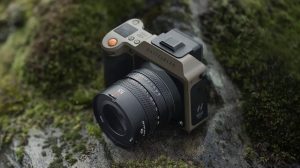

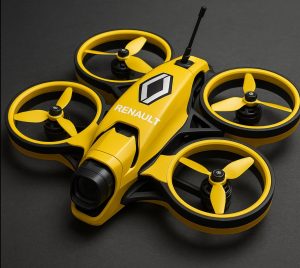
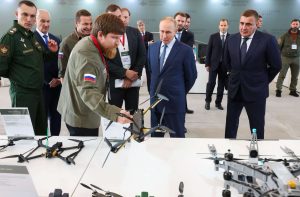





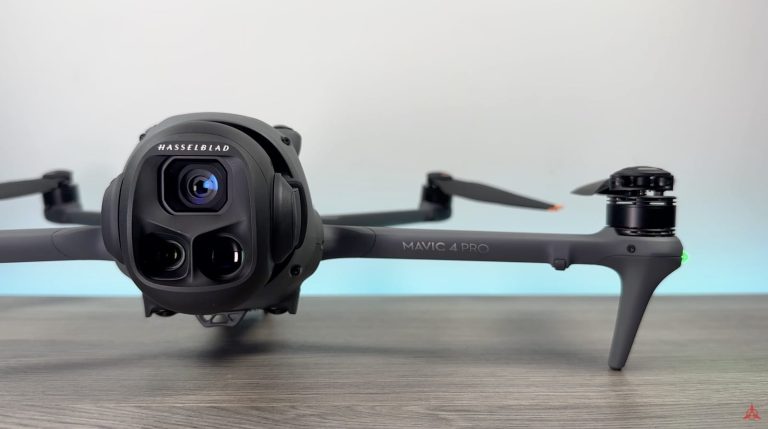
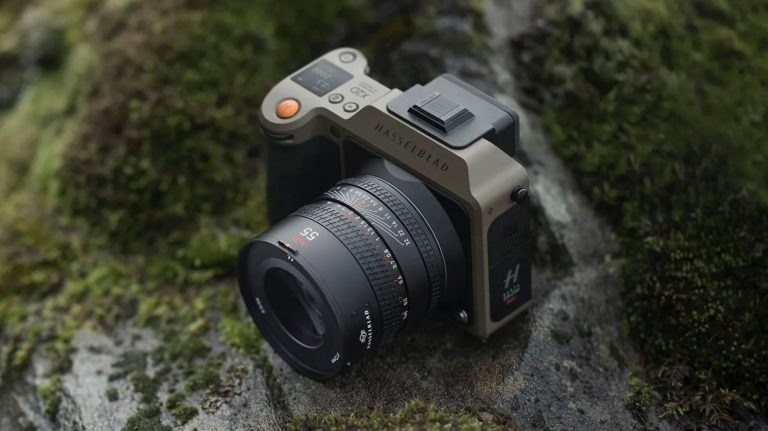

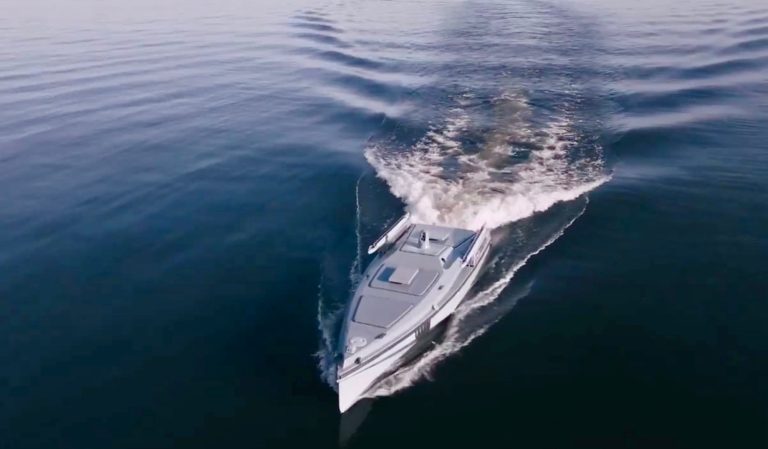
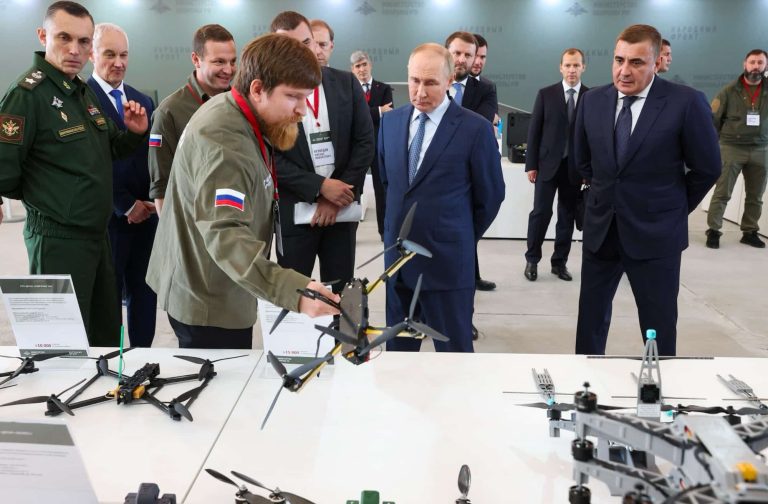
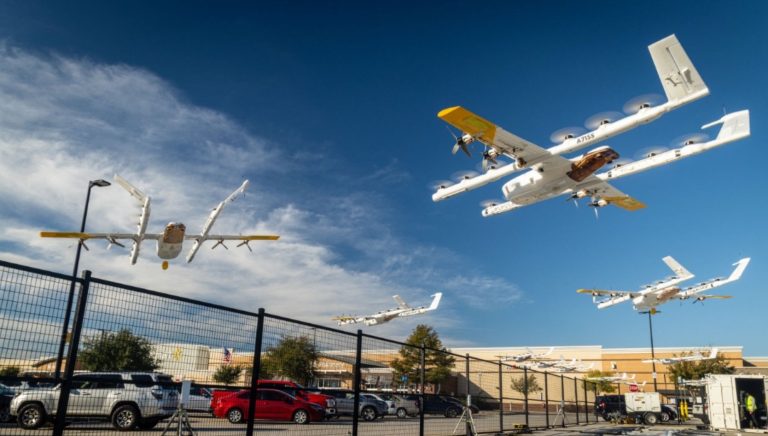

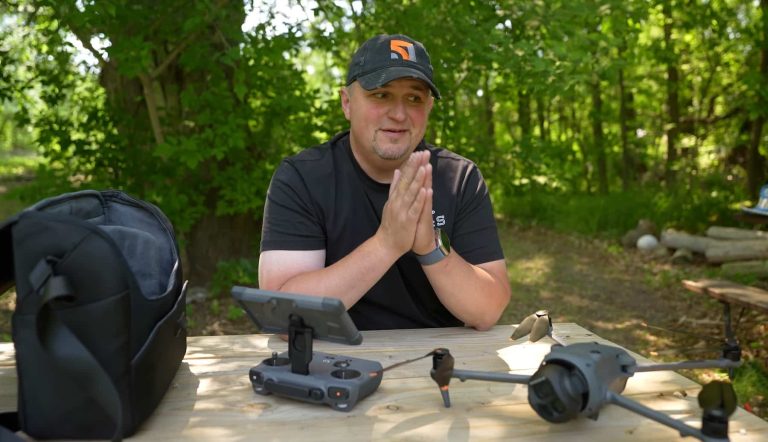
+ There are no comments
Add yours